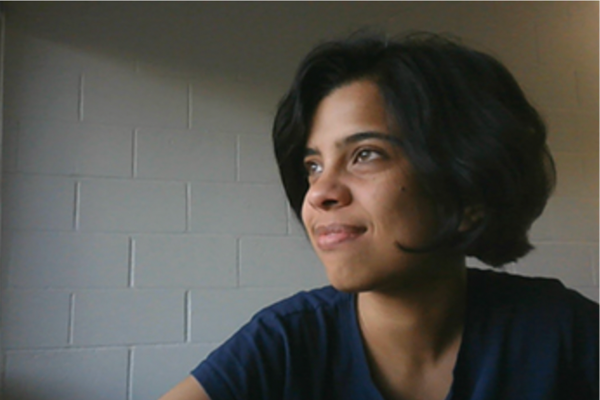
Professor Srimoyee Sen
Iowa State University
Neutron stars, topological phases and lattice fermions
Location: 1080 Physics Research Building
Faculty Host: Yuri Kovchegov
Abstract: Different subfields of physics often share ties that either go unnoticed or are only recognized in hindsight. I argue that such ties can be exploited to gain insights into long standing physics problems. To illustrate this I will share two examples that tie together the physics of neutron stars, topological phases in condensed matter physics and lattice field theory.
The first example involves dense astrophysical objects like neutron stars which allow us to explore the phase diagram of QCD (quantum chromodynamics) at very low temperature and very high density. I discuss how new insight from topological phases in quantum materials support the existence of a previously unnoticed phase boundary between low and high density regimes of QCD.
The second example pertains to the difficulty of realizing light fermions on the lattice. This issue impeded lattice simulation of QCD with light Dirac fermions in early days of QCD simulation, but was eventually solved using ideas that have striking parallels in quantum Hall effect. Similar problems plague simulation of the full standard model and remain unsolved to this day. I will discuss a new proposal of formulating the standard model on the lattice that may finally allow us to solve this long-standing problem and highlight how this idea too shares deep ties with quantum Hall physics.
Bio: I obtained my PhD from University of Maryland in 2015 after which I moved to the University of Arizona as a postdoc from 2015 to 2017. I was then a postdoctoral research associate at the Institute for Nuclear Theory at the University of Washington for two years (2017-2019). I moved to Iowa State University as an assistant professor of physics in 2019.
I am a quantum field theorist (QFT) by training and have worked on several aspects of QFT including strongly interacting gauge theories, large N QCD, effective field theories, nuclear astrophysics and many body physics. Currently, my research is focused on leveraging the ties between lattice quantum field theory and quantum materials and dense QCD to address long standing problems in quantum field theory, like obtaining a lattice formulation for the standard model of particle physics and understanding phases of matter in neutron stars. My research has won the support of the Department of Energy's Quantum Horizons program through the Early Career Award in 2021.
